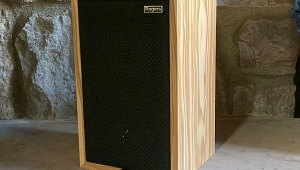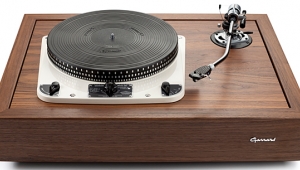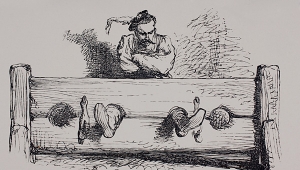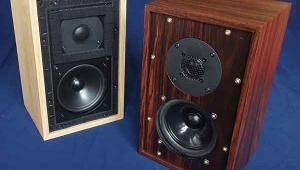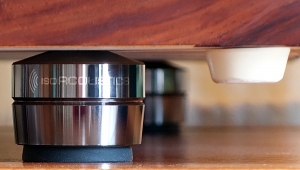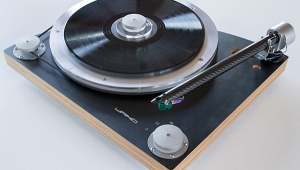| Columns Retired Columns & Blogs |
Once you solve the headshell issue please continue investigating direct drive for us Art. I would have loved to hear your take on the Denon table in direct comparison to your Thorens and Garrard.
I find belt drive tables in general to have insuficcient torque to pull the stiff old fashioned stylus suspension of the 1960s based Denon cartridges without in some cases actually slowing down the record as it is spinning! Unlike belt drive, direct drive with its massive motor power seems to be unshakable when dragging around such beasties.





